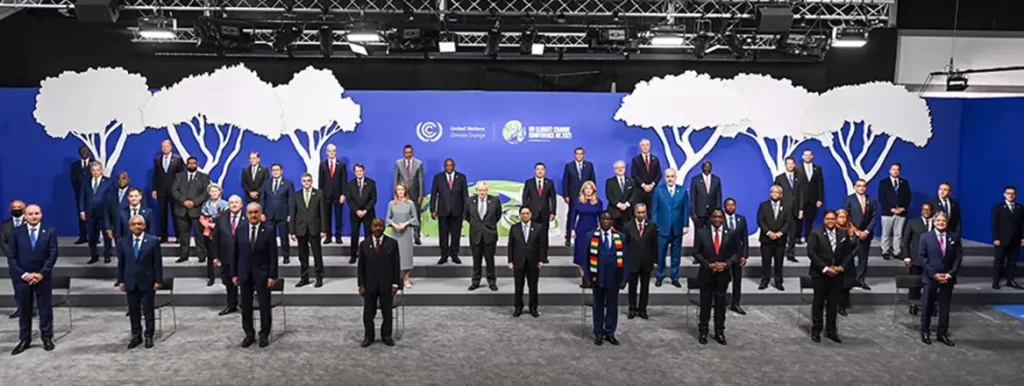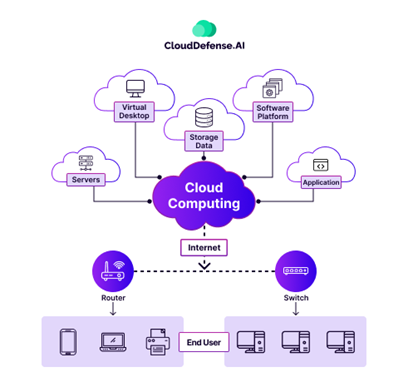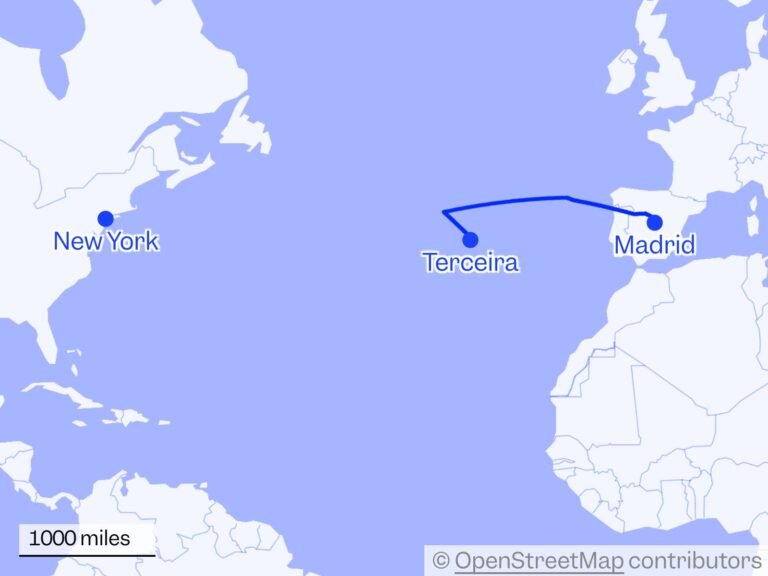
The 51st G7 Summit took place from June 15th to 17th, 2025, in Kananaskis, Canada. The Summit included the leaders of the world’s largest economies, which include Canada, France, Germany, Italy, Japan, the United Kingdom, and the United States. The European Union also served as a non-enumerated member, while inviting observers from India, South Africa, Mexico, Brazil, South Korea, and Ukraine. With Canada taking the lead, the summit addressed significant global challenges, including economic security, international conflict, and contemporary challenges such as critical minerals and artificial intelligence.
Canada’s 2025 Presidency
Canada’s presidency established three key priorities.
- Safeguarding Communities and the world; Enhancing peace, security, and emergency responses to wildfires and global crime
- Constructing energy security and digital transformation; Enhancing critical mineral supply chains and leveraging AI and quantum technology to drive economic growth
- Sealing Future Partnerships; Facilitating private investment in infrastructure and job creation, particularly with the Global South
The summit was hindered by challenges arising from escalating tensions between Israel and Iran.
Key Outcomes of the 51st G7 Summit
The 51st G7 Summit, hosted in Kananaskis, addressed one of the most significant issues: the creation of the Kananaskis Wildfire Charter, a new proactive environmental agreement designed to fight wildfires more effectively using science-based, locally driven, and nature-based solutions. This effort builds on the 2021 Glasgow Leaders’ Declaration and G7 commitment to end deforestation and land degradation by 2030.

The G7 Critical Minerals Action Plan builds upon the 2023 Five-Point Plan for Critical Minerals Security. The plan is designed to develop a more diverse mineral supply chain, attract prospectors and investors focused on sustainable development and innovation in optimised extraction and use of critical minerals, shift from a demand-driven to a supply-oriented approach to the minerals value chain and place higher emphasis on creating a standard-based market, ensuring responsible extraction and trade; mobilize capital through export credit and multilateral finance institutions to drive a new partnership with mineral abundant developing countries; and promote innovation in processing, recycling and materials substitution.

Transnational Repression
The G7 also committed to countering Transnational Repression (TNR), condemned foreign efforts to harass or intimidate individuals and diaspora communities abroad, and pledged to stand up for the human rights of people in their own countries. To raise global awareness, G7 Leaders are dedicated to reporting on incidents of Transnational Repression (TNR) through the G7 Rapid Response Mechanism and have established the Resilience and Response Framework to exchange best practices. Additionally, the establishment of a Digital TNR Detection Academy aims to develop technical capacity and continued support for civil society organizations, including through the Canada-UK Common Good Cyber Fund.
Global trade & Geopolitical Tensions
On the economic side, trade and economic security were fraught. While the summit was intended to tackle long-standing trade disputes, particularly with the U.S., the summit made little headway on issues related to tariffs. The European Union, represented by Presidents Ursula von der Leyen and António Costa, warned of the danger of a trade war that they said could erode defence guarantees. But there was one breakthrough with a deal struck between the U.K. and the U.S.

The tone of the summit was driven in large part by geopolitical dynamics. Five new leaders in the room, Canadian Prime Minister Mark Carney and U.S. President Donald Trump among them, signaled political turnover, though Trump’s early departure because of rising tensions between Israel and Iran short-circuited key facetime, including with Ukrainian President Volodymyr Zelenskyy. The summit ended without any final communiqué, due to internal divisions, especially on trade and on recent turns in American foreign policy.
The G7 also confirmed efforts to reach out to the Global South, through invitations to leaders from Brazil, Mexico, South Africa, and India. The presence of Prime Minister Narendra Modi for the sixth year running was the clearest reflection of India’s increasing stake in global decision-making, despite it not being part of the G7.
Finally, the summit discussed increasing tensions in the Middle East in a joint statement that named Iran as a primary driver of regional instability and reaffirmed that Tehran should never be allowed to obtain a nuclear weapon. They also discussed Israel’s conflict with Hamas and the humanitarian crisis in Gaza, but ‘’did not decide or determine anything’’, no settlement to the crisis was made. The last outcome in the G7 leaders’ release was a joint statement late on June 16, warning that “Iran can never have a nuclear weapon” and reaffirming Israel’s “right to defend itself.” Iran was called “the principal source of regional instability and terror,” in a rare joint condemnation from a group often divided on Middle Eastern strategy.

Conclusion
The 2025 G7 Summit would be remembered less for its economic agenda and more as a time when diplomatic cohesion was strained in the face of looming war. Though the joint statement registered agreement on Iran’s nuclear threat and Israel’s support, it also revealed gaps in strategy, especially with Trump’s inconstant posture.
As Iran and Israel exchange blows, and world markets respond anxiously, the G7 appeal for “a broader de-escalation” might be the sole checkpoint against a disastrous cycle. Whether this summit set the stage for serious negotiation or was just an interlude before more provocation remains undetermined.
Written by- Kumar Nagarjun
Edited by- Devangee Kedia
The post Overview of the G7 Summit appeared first on The Economic Transcript.






